By Eric H. Roth
Military posters played a crucial role in motivating Americans to do their best and make sacrifices—of all kinds—during World War II. The War Department, Red Cross, General Electric, Stetson Hat Company, and dozens of other organizations created thousands of patriotic posters to mobilize public support. Poignant, colorful images on paper were created and distributed to
build support for avenging Pearl Harbor, protecting American families, selling war bonds, conserving fuel, increasing factory production, promoting democratic ideals, growing vegetables, expanding the workforce, and keeping secrets.
The propaganda war, before television and the Internet, looked—and maybe worked—best on posters. Wartime posters, often printed in runs of 10,000, were designed to be used once, understood in 20 seconds, displayed for a few months, and thrown away. The few remaining posters, often created by skilled artists and illustrators, have become historical artifacts. Museums, scholars, collectors, veterans—and, increasingly, baby boomers—are celebrating these wartime images for their sociological, aesthetic, and historical value. World War II posters have become hot commodities and very collectible items.
“The Posters That Won the War,” a cyber exhibition at www. posterny. com by the Chisholm-Larsson Gallery, tells the story and highlights 50 original WWII posters: “The production, recruiting, and War Bond posters of WWII were ‘America’s weapons on the wall.’ Millions of posters of hundreds of unique designs cascaded off the presses and onto the American landscape, raising hopes in the dark days after Pearl Harbor and convincing folks on the homefront that their efforts were the key to victory. Today, the relatively few posters that remain are a colorful, nostalgic, and highly collectible snapshot of America at war.”
Robert Chisholm, the owner of Chisholm-Larsson Gallery in New York City, counts 627 different original WWII posters in his collection of 24,000-plus posters. “Whatever your budget, you can find a WWII poster,” says Chisholm. “Ninety percent are $400 or less.”
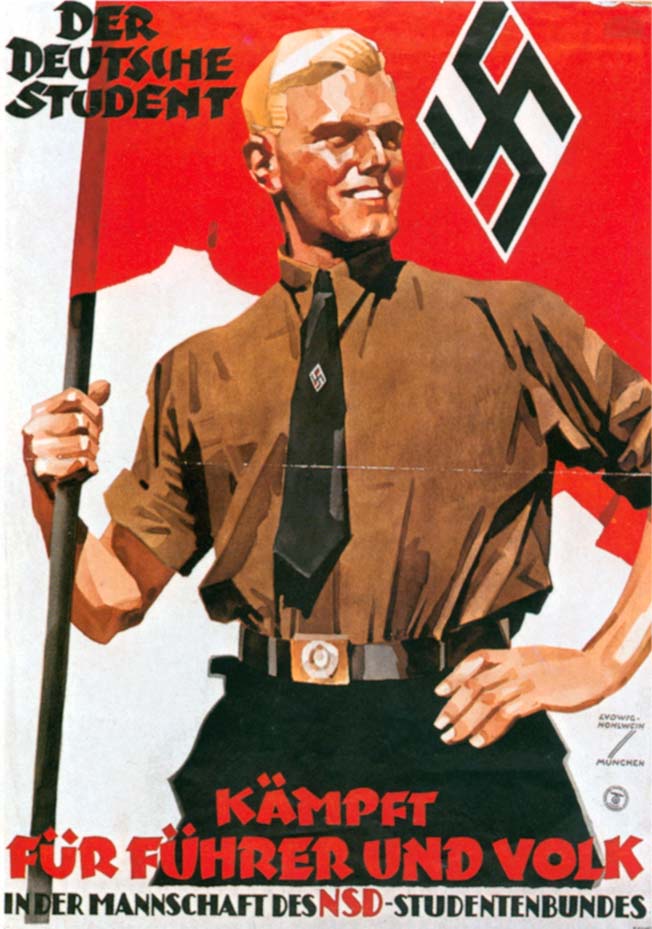
The gold standard for collectors’ WWII vintage posters, however, remains the Meehan Military Posters catalog. “The only organization in the world,” according to the company’s literature, “devoted to providing original, vintage posters of the two World Wars and Spanish Civil War to collectors, museums, decorators, and investors.” Meehan Military Posters divides WWII posters into nine distinct categories: pilots/planes, recruitment, conservation, espionage, nurses, foreign aid, war production, morale, and foreign on its searchable Web site.
Each color catalog, published twice a year, contains thumbnail-sized reproductions of hundreds of original military posters from “nearly all combatants in both World Wars.” A concise description gives the background of each poster, noting the artist, year of publication, size, condition, and price. The catalog costs $15, but many collectors and dealers consider it an essential investment. “His prices are very good, very fair,” observes a West Coast competitor, Burt Blum, owner of the Trading Post in Santa Monica and a lifelong dealer in vintage magazines and posters.
Fair should not be confused with cheap. “Today an expensive WWII poster can command as much as $4,000 or $5,000,” declares Meehan. “A German poster designed and drawn by the great German poster artist Ludwig Hohlwein could easily be in that range.” Meehan Catalog #36 features many rare, expensive, and fascinating posters. A pair designed by Melbourne Brindle graces the front and back covers. The first haunting image shows a sinking ship, printed by Stetson Hat Company. It warns: “Loose Talk Can Cost Lives! … Keep it under your STETSON.” The second dramatic poster of a sunken Merchant Marine ship beneath a German U-Boat, with the words “Careless talk did this … Keep it under Your Stetson,” sells for $2,750.
The pricey Stetson poster illuminates a common theme of many World War II posters: the dangers of espionage and careless talk. “Silence—means security. Be careful what you say or write,” by illustrator Jes Wilhelm Schlaikjer in 1945 shows a night-patrol infantryman walking somewhere in the Pacific. Meehan sells it for $325. Other military posters, more available and by less well-known artists, such as the 1943 “This Man May Die If You Talk Too Much,” featuring a handsome sailor looking through a porthole, and the 1944 “We Caught Hell!—someone must have talked” sell for $145 in the poster catalog. These poignant posters place clear responsibility for the safety of sailors and soldiers on the silence of civilians and fellow servicemen.
Almost the entire “Loose lips sink ships” poster series has become quite collectible. An excellent example, according to veteran poster dealer Gail Chisholm (Robert’s sister, neighbor, and friendly rival poster gallery owner), shows a hissing snake surrounded by the words “Less Dangerous Than Careless Talk”—she sells it for $330. The easy-to-use Chisholm Gallery Web site includes a wide selection of World War II posters. “There are also a lot of great and amusing posters against careless talk,” such as “Keep Mum, She’s Not So Dumb,” observes Robert Chisholm.
“Powers of Persuasion: Poster Art of World War II,” a popular exhibit at the National Archives Building in Washington DC from May 1994 to February 1995, emphasized the two psychological approaches used to motivate Americans: pride and fear. “Words are ammunition,” said a Government Information Manual issued by the Office of War Information in the exhibit. “Each word an American utters either helps or hurts the war effort. He must stop rumors. He must challenge the cynic and the appeaser. He must not speak recklessly. He must remember that the enemy is listening.” An online exhibit culled from the museum show features 33 posters, one sound file, and some background historical information.
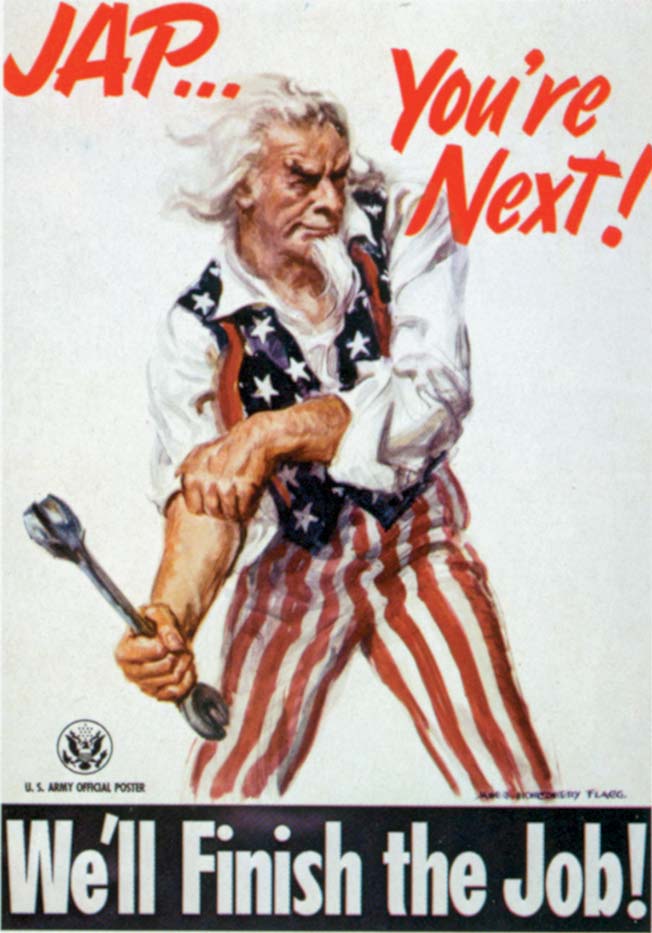
Across the country at an outdoor flea market in Santa Monica, dealer Garrison Dover has found WWII military posters to be a hot topic. “When I get WWII posters, they tend to move fast,” said Dover, the owner of Pacific Posters International. “Sometimes a guy will ask if we have any WWII posters. You show him two or three, and he buys them all. Somebody who collects WWII posters will buy anything in stock … under the right circumstances.”
Price might be one of those circumstances. “Wartime posters go for $20 to $2,000,” continues Dover, with most posters going for around $200. “Anything selling for more than $2,000 is a one of a kind.” The significant price tag for those two Stetson Hat posters also reflects a general principle in collecting—the more unusual the item, the higher the price. “Most posters were government issues, but there are some from General Electric, General Motors, and other companies,” notes Robert Chisholm. “They are more collectible because they had a smaller circulation.”
“We are currently advertising posters printed in a series for the Kroger Baking Company of Cincinnati, Ohio, which they placed in their grocery store windows during the war,” says Meehan. “They are now selling for several thousand dollars each. Privately printed posters like these had very small print runs compared to government posters.” Yet some dealers consider it a mistake to confuse the initial print run with the number of surviving copies.
“People always want to know how many posters were printed, and you don’t know,” confesses Gail Chisholm. “The number printed has nothing to do with the number surviving. It wasn’t a successful (advertising) campaign if it wasn’t on the street.” Location can also be a factor in the perception of rarity and poster prices. Dover sells original vintage posters at antique malls, flea markets, and vintage poster shows, and only opens his Santa Barbara gallery for private appointments. His web site also leads to some sales.
Sometimes rarity and historical importance are not the most critical factors. Occasionally even relatively rare posters can be bought for under $250—especially if the image is something that few people would want to look at in their home. A somber 1942 poster of a dead sailor in the surf above the words “A Careless Word … A Needless Loss” is listed for $235 in the Meehan Military Posters Catalog #36.
A few posters have become celebrated American icons. James Montgomery Flagg’s 1941 version of Uncle Sam pointing, with the caption “I Want You for the U.S. Army,” consistently sells for well over $1,000. The Meehan Catalog lists the price as $1,500. This classic WWII poster, based on the infamous World War I poster, deliberately evokes the patriotic imagery from the “war to end all wars.”
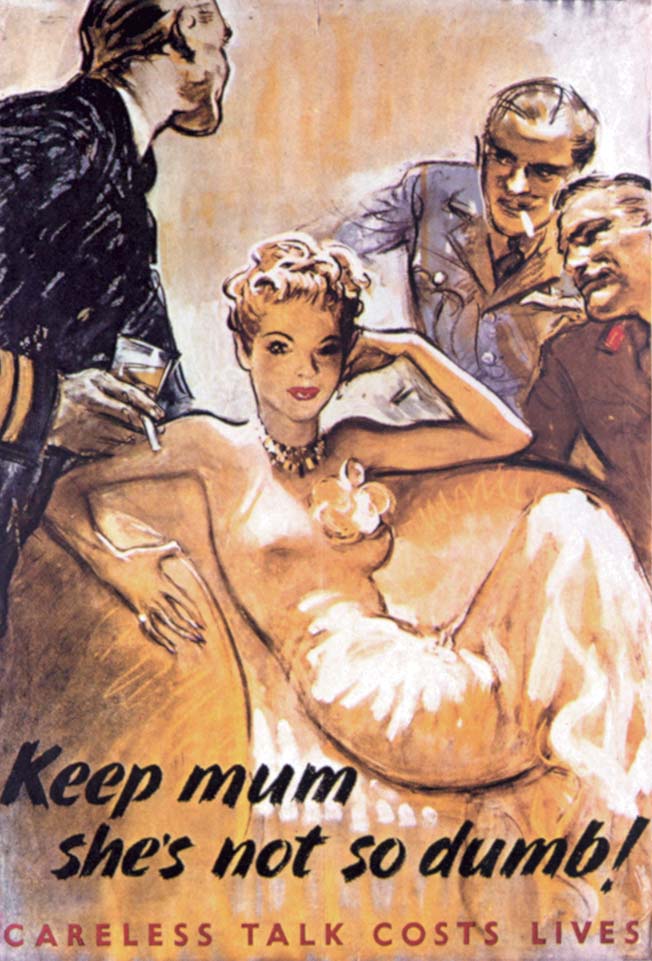
Most WWII posters, however, look quite different from WWI propaganda posters. “WWI posters were primarily designed by illustrators who volunteered their efforts,” says Sarah Stocking, president of the Independent Vintage Poster Dealers Association and owner of Sarah Stocking Fine Vintage Posters. “They mostly appeal to patriotism.” Stocking specializes in commercial European posters from the 1920s and 1930s.
Gail Chisholm makes a related point. “World War I posters are from a more innocent and naive society,” she says. “Obviously, it’s called the Great War. It was enough to have a pretty woman with a furling flag to convince young men to enlist and risk their lives.”
“Perhaps more importantly,” concludes Stocking, “WWI posters are not brutal.” Stocking carries posters on WWI, WWII, the Spanish Civil War, and propaganda. She “prefers” WWI posters because there is less text.
By contrast, American posters from WWII were often realistic, intense, and evocative of both positive and negative emotions.
“WWII posters were often made about fear and the enemy,” says Stocking. “The world had really changed in 20 years, and had gotten smaller because the government was worried about spying.” Radio broadcasts, airplanes, and increased tourism brought Europe “closer” to the United States. “World War II posters are much more aggressive,” concurs Gail Chisholm. The widely distributed poster showing a bomb, labeled “War Production,” targeted at the Rising Sun and Nazi swastika is an example. “Some also have ugly caricatures of Japanese and Germans—but especially Japanese.” Institutional collectors tend to be the major purchasers of the more controversial and/or foreign posters. American propaganda posters, however, appear politically correct in comparison to the vicious images in Axis propaganda posters. “I have a phenomenal Italian one—even away from the perspective of the war,” says Gail Chisholm. “It has an ugly, leering, black American soldier pulling down a Venus De Milo sculpture.” The harsh image, designed to inflame Italian fears about an American invasion, emphasizes racial hatreds. “Some patrons have gotten very upset by the image,” she says. She considers the disturbing image “a peek into history.” The controversial Italian poster, designed by Gino Boccasile in 1944, brings up another aspect of collecting historical posters. “Taking things out of context changes your perception,” observes Gail Chisholm. “You can have different interpretations. At the time, everybody understood a poster’s context, but now it is less clear.”
A few American posters, among the most sought after by institutional collectors, attempted to build relations between racial groups. A widely distributed poster, “United We Win,” shows steelworkers, a black man and a white man, working together under a giant American flag. “Those posters tend to be quite valuable,” says Gail Chisholm.
Patriotic imagery pervades many WWII posters and draws upon the nation’s rich heritage of patriotic symbols. “Americans Will Always Fight for Freedom,” by George Perlin, shows “America’s well-equipped infantry troops of 1943 passing in review in front of the ragged Continental troops of Valley Forge who also fought for freedom during the bleak and desperate winter of 1777-1778 some 166 years earlier,” explains Meehan. Price? $385. “Perhaps what made the American posters of World War II unique was that they equated patriotism with democracy,” wrote scholar G.H. Gregory, editor and compiler of the book, Posters of World War II. “They rallied the nation’s pride by recalling the marvel of the country’s institutions and its great tradition of freedom and democracy—its flag, its enduring documents, its national monuments, its political heroes, its historic heritage of fighting for liberty.”
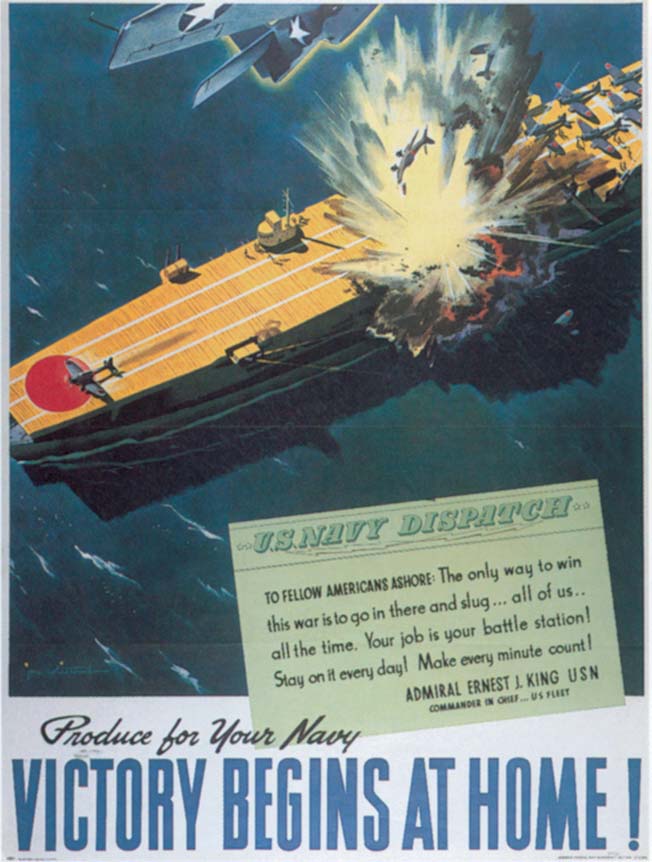
The condition of vintage posters, like most collectibles, also affects value. Almost all WWII posters were sent by mail. Says Gail Chisholm, “WWII posters have folds. It goes with the territory. Small irregularities are expected. A missing corner doesn’t really matter, but a hand missing is more problematic.”
What else adds value to a particular WWII image? Beyond rarity, condition, and subject matter, vintage poster experts emphasize the importance of the artist and artwork. The illustrator’s name and reputation certainly affect the price. Artists Norman Rockwell, Ben Shahn, Jes Wilhelm Schlaikjer, James Montgomery Flagg, Arthur Szyk, and N.C. Wyeth all contributed their skills, creativity, and intelligence to the war effort. Their wartime propaganda efforts are now collectible items. Some popular artists’ works continue to dominate sales. Rockwell remains the most famous American artist to create wartime posters. The great Saturday Evening Post illustrator’s “Four Freedoms” paintings, inspired by President Franklin D. Roosevelt’s 1941 State of the Union address, were made into immensely popular posters during the war to sell war bonds and inspire patriotism. The most valuable poster, Rockwell’s 1943 “Freedom from Want,” showing three generations of a family eating a Thanksgiving meal, sells for $400 to $750. The other posters in the freedom series, “Freedom of Speech,” “Freedom of Worship,” and “Freedom from Fear” are slightly less expensive.
Schlaikjer, a Danish-born illustrator, developed a reputation for effective, inspiring posters. He created powerful recruitment posters for the U.S. War Department that feature heroic, handsome figures in dramatic poses in combat situations. A refugee from Denmark in 1940, Schlaikjer became America’s “official war artist” from 1942 to 1944. His 1942 recruitment posters for the Military Police, the Signal Corps, the Army Air Corps, Women’s Air Corps, and the Corps of Engineers sell for between $500 and $1,250.
Arthur Szyk, a Polish-born immigrant, also has loyal collectors. Szyk drew patriotic posters for U.S. Treasury war bonds, designed wartime postage stamps, and had his posters displayed by the USO at five hundred U.S. Army recreation centers. Szyk’s provocative caricatures, mocking cartoons, and biting satirical illustrations filled the magazine covers of Collier’s, Esquire, and Time. The U.S. Holocaust Museum is hosting an exhibit called “The Art and Politics of Arthur Szyk“, until October 14, 2002.
Despite the near-universal recognition of his Uncle Sam “I Want You” poster, Flagg never really achieved the celebrity status that would guarantee top dollars. For example, Flagg created a few other World War II images, including a hatless, grim-faced Uncle Sam providing consumer advice: “You Can Lick Runaway Prices” by buying war bonds and paying taxes willingly. This Flagg poster sells for under $200.
The iconic Rosie the Riveter posters, which are practically impossible to buy these days, represent another common theme in WWII: the patriotic duties of women. These posters, sometimes exhorting women to join the workplace, have dramatically increased in value over the past 20 years. These “women do your part” posters have sociological significance that resonates with many contemporary consumers.
The U.S. Army Nurse Corps recruitment posters are equally distinctive, with photographs of wounded soldiers and concise testimonials. The kicker reads in large block letters: MORE NURSES ARE NEEDED—U.S. ARMY NURSE CORPS. “Sometimes people come in and say ‘I want such and such poster. My mom was the model,’” says Gail Chisholm. “‘Or my mom was a WAC.’ That’s always exciting.”
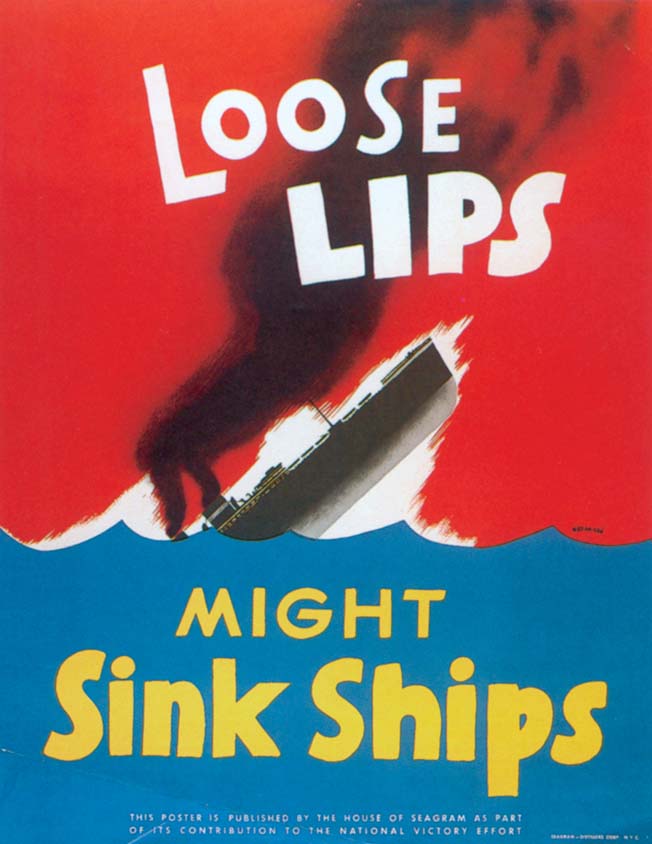
Many WWII posters told civilian Americans to sacrifice in everyday activities—save tin cans, recycle paper, eat leftovers, grow vegetables, drive less to save gasoline and rubber, and even conserve waste fats. “Food conservation posters are also popular,” says Stocking. “The themes are also timeless. ‘Grow Your Vegetables’ can go in anyone’s kitchen.” Conservation posters often made a direct link to the military effort. “Can All You Can—It’s a Real War Job” placed a jar against colorful vegetables. Another poster featured a smiling woman carrying a load of food, proclaiming, “Of Course I Can! I’m as patriotic as can be—and rationing won’t worry me.” “Do with less—so they’ll have enough!” urged another poster featuring a smiling soldier in a helmet sipping coffee.
War bond posters remain probably the most affordable, diverse, and prevalent type on the market today. “It’s much easier to find a war bond poster,” says Robert Chisholm. “Giving money is easier than actually signing up and joining the military,” Stocking adds.
“Recruiting posters printed in America are rarer than war bond ones.” Some collectors, often veterans, focus on one service. Haddon H. Sundblom’s pithy recruitment poster, “Ready—Join U.S. Marines,” showcases a marine officer with movie-star good looks. “Marines have been so gung-ho and enthusiastic,” says Robert Chisholm. “Once a Marine, always a Marine.”
“Marine recruiting posters are certainly the most heavily collected American recruiting posters of all,” says Meehan. “The Marines are an elite, all-volunteer force whose members are typically proud of their service and enjoy reminding themselves and others of it.”
All the dealers emphasize the importance of taking proper care of posters. Some tips include: never do anything to paper that can’t be undone (no permanent adhesion, no Scotch tape, no masking tape, no dry mounting); use archival linen backing with water soluble glue; use acid-free paper; keep them out of the sunlight; and “treat them as an investment.” The relative fragility of paper, ironically, makes posters increasingly collectible. “People are becoming more aware of posters’ rarity and value,” says Robert Chisholm. “But don’t buy a poster as an investment. Buy it for visual, historical, or aesthetic reasons—and usually it will increase in value.” His sibling, Gail, agrees. “Buy because you love it and it appeals to you. It’s a nice bonus if the poster goes up in value.”
“Prices have gone way up,” says Dover. “It used to be that nobody much appreciated WWII posters. Ten, 15, 20 years ago, most people just weren’t interested” unless it was of a national icon (Rosie the Riveter) or by a national icon (Rockwell). These days Dover credits the longing for national unity for the posters’ appreciation. “Do you remember that feeling after 9/11?” he asks. “We all felt we were Americans and in it together. The posters of WWII are a reflection of when America pulled together like never before.”
Eric Roth has written about media, history, and public education for several publications. He currently teaches English at Santa Monica College and UCLA Extension.
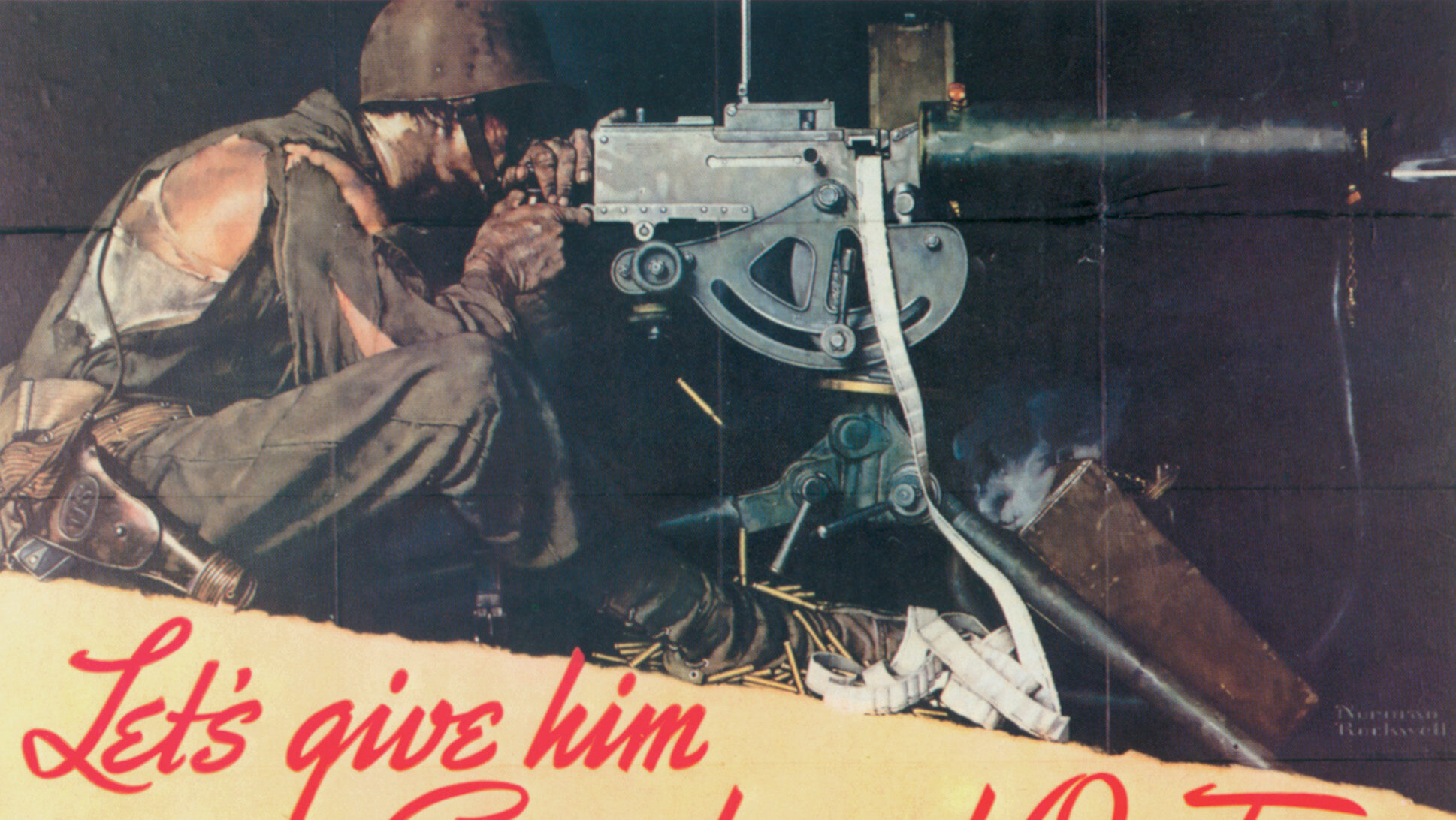
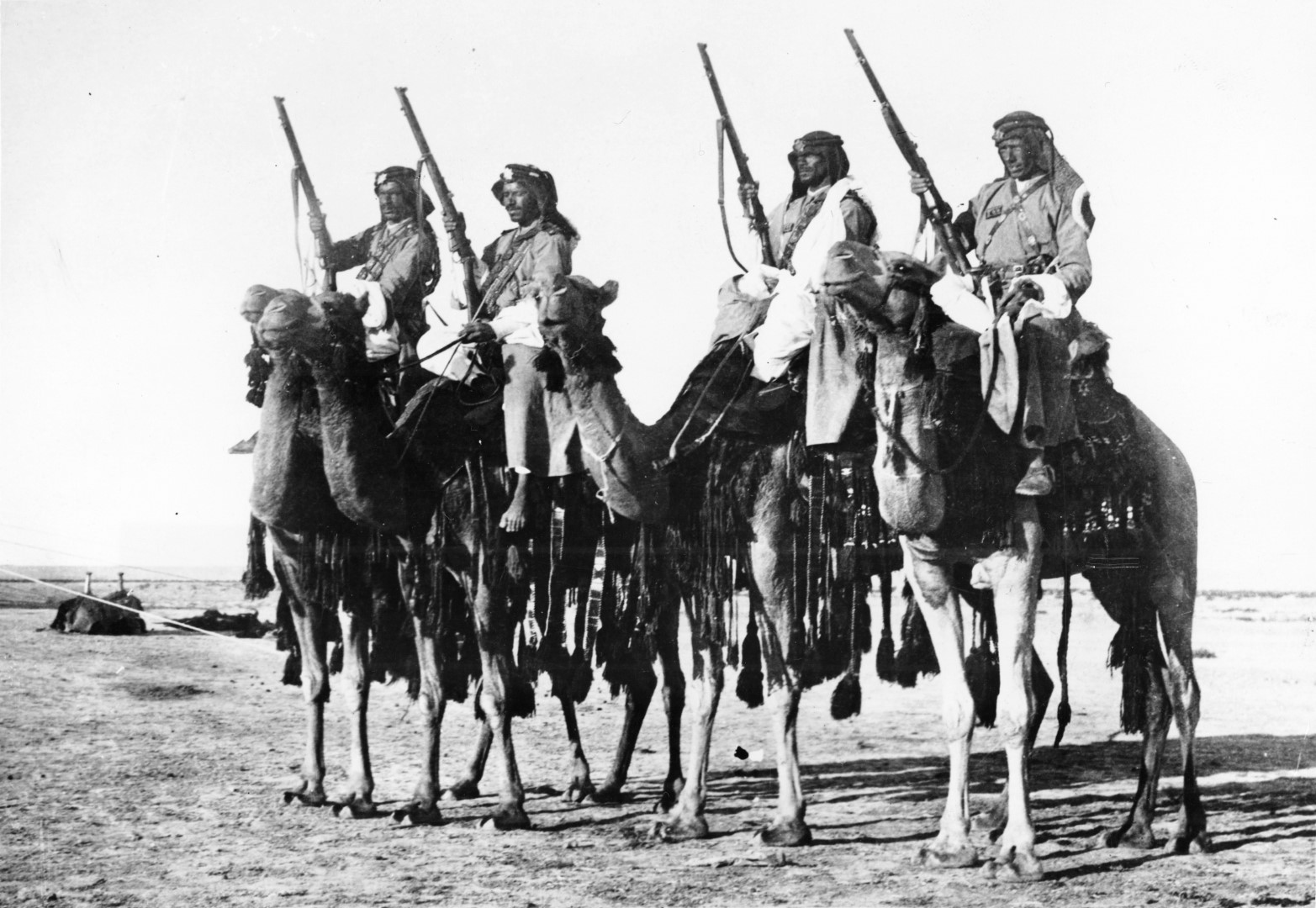
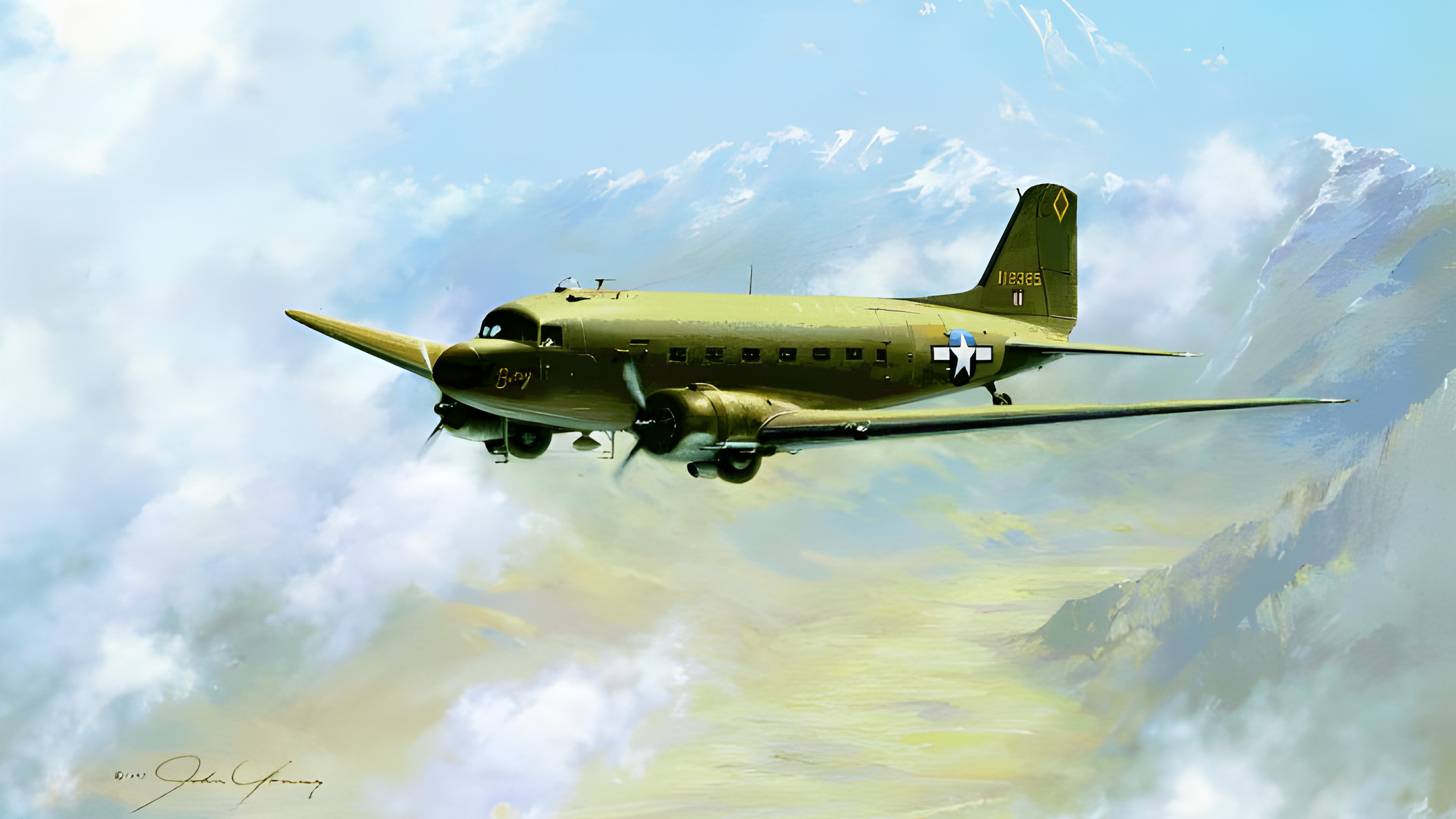
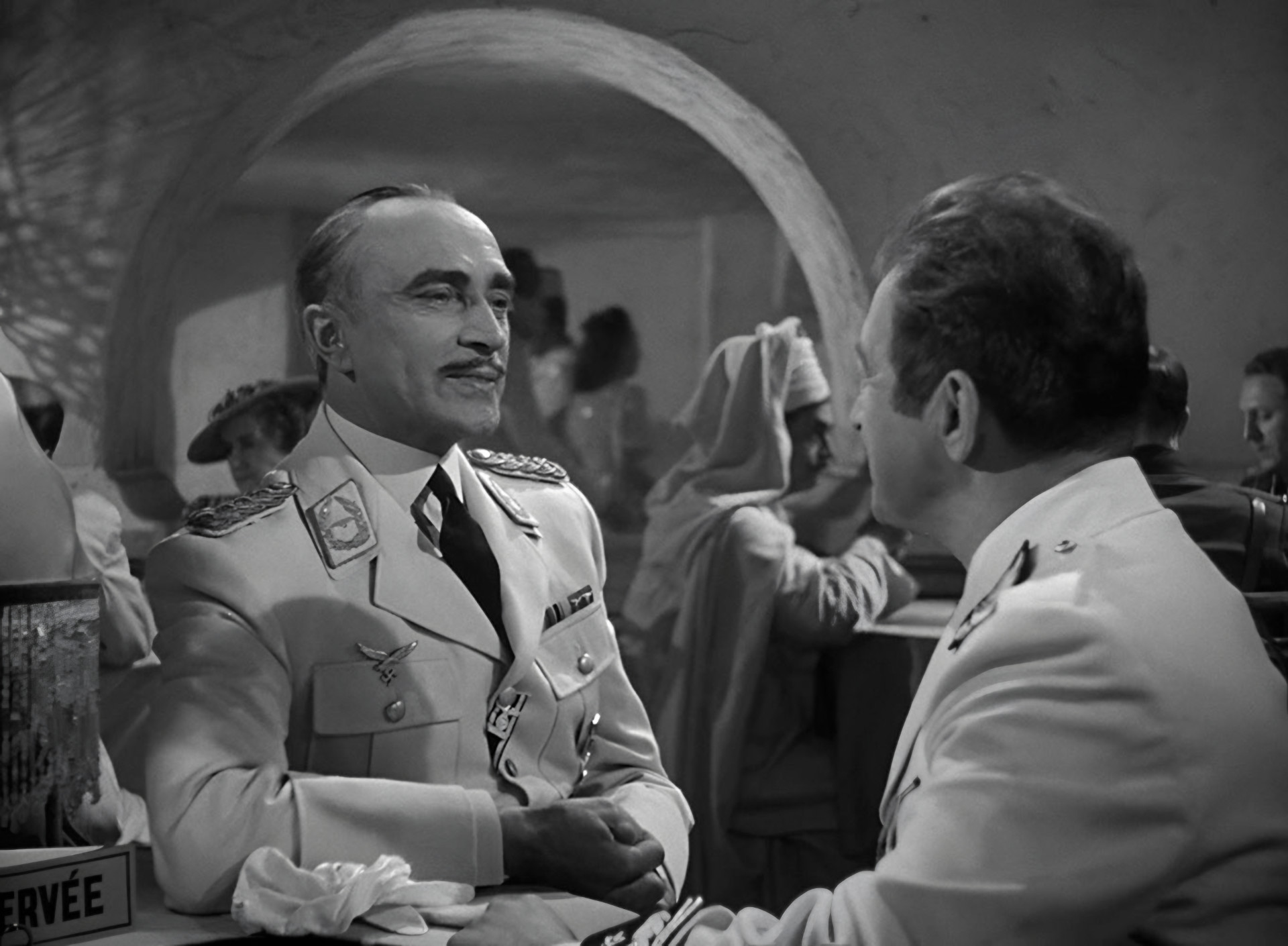
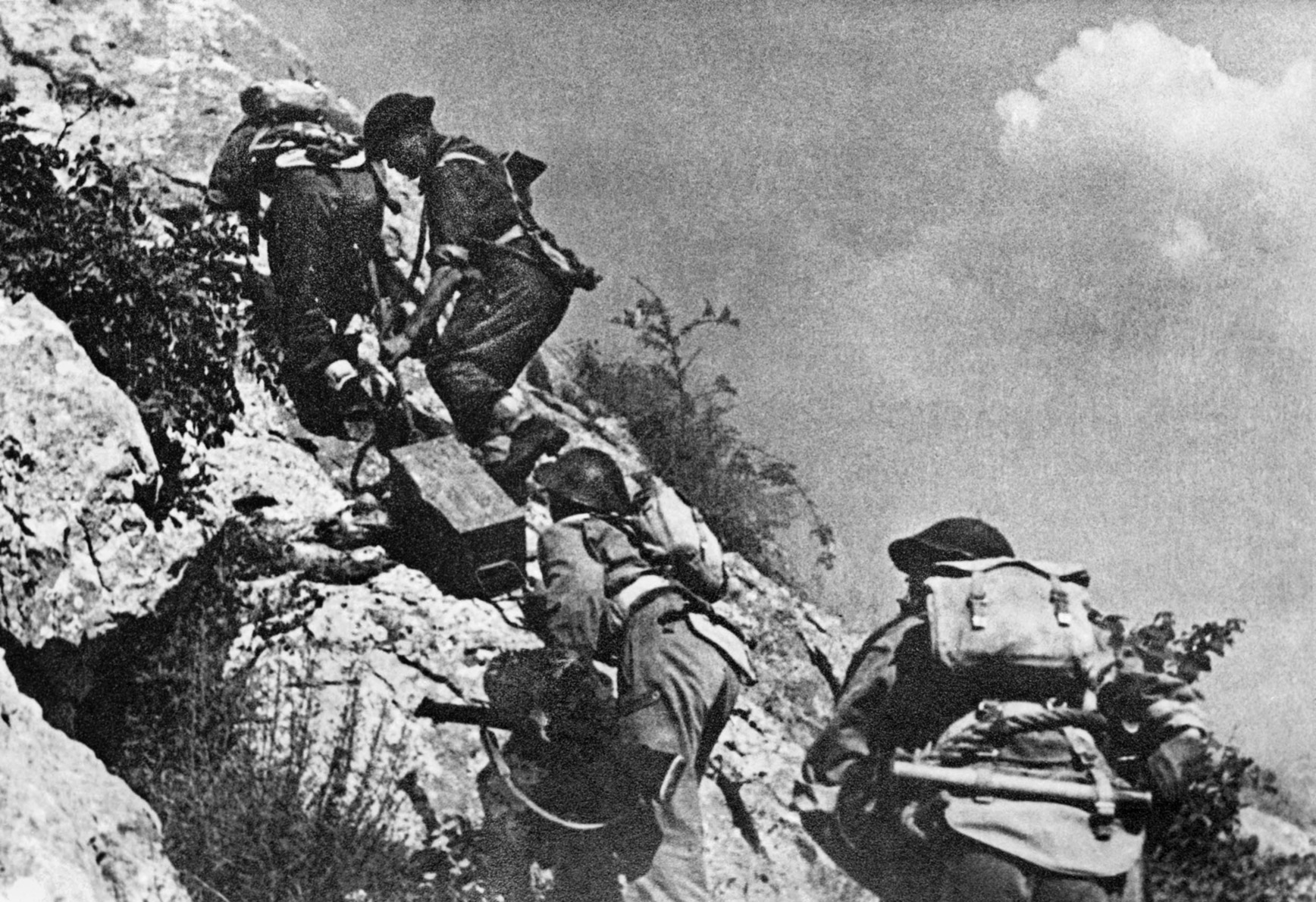
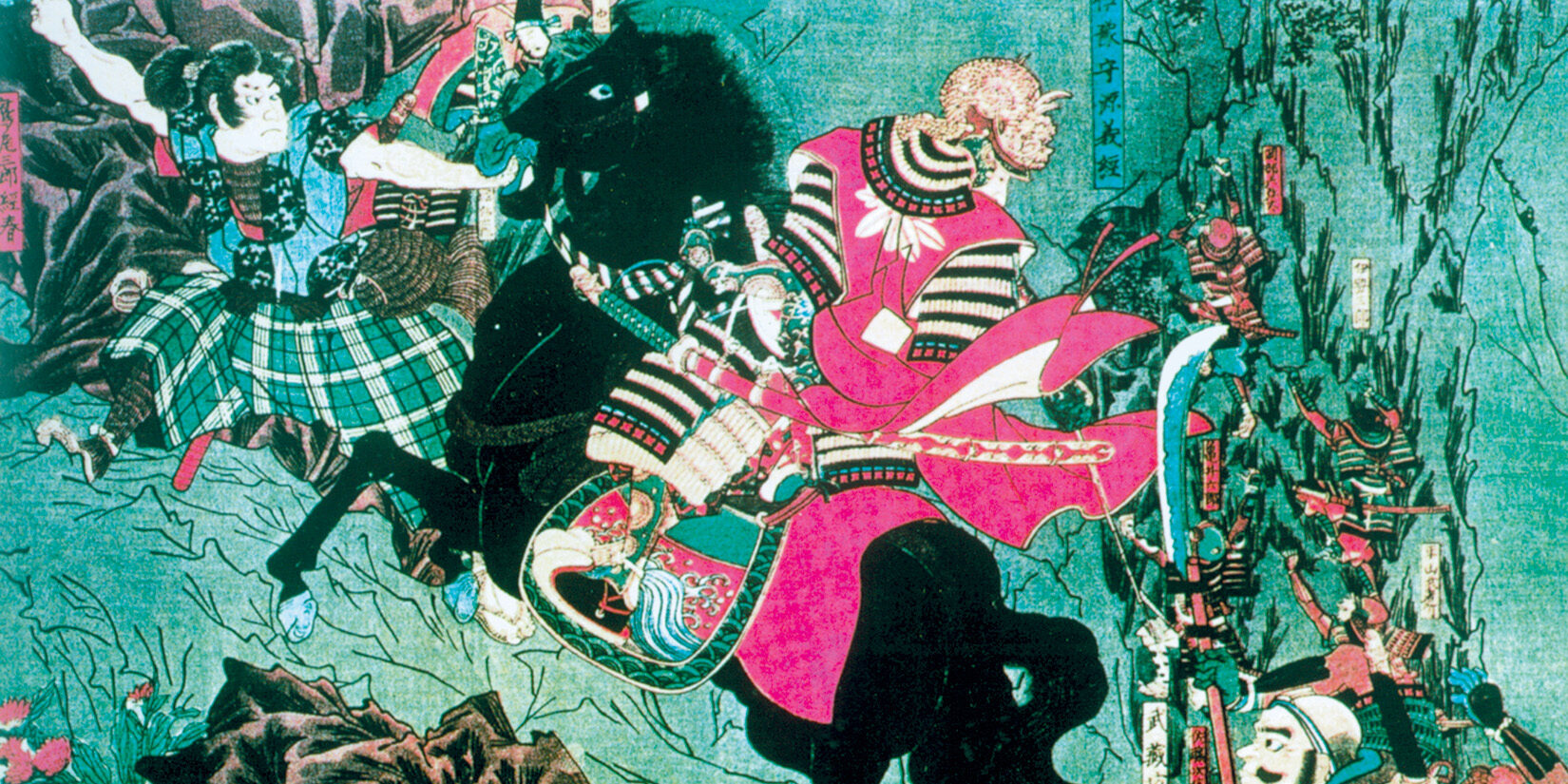
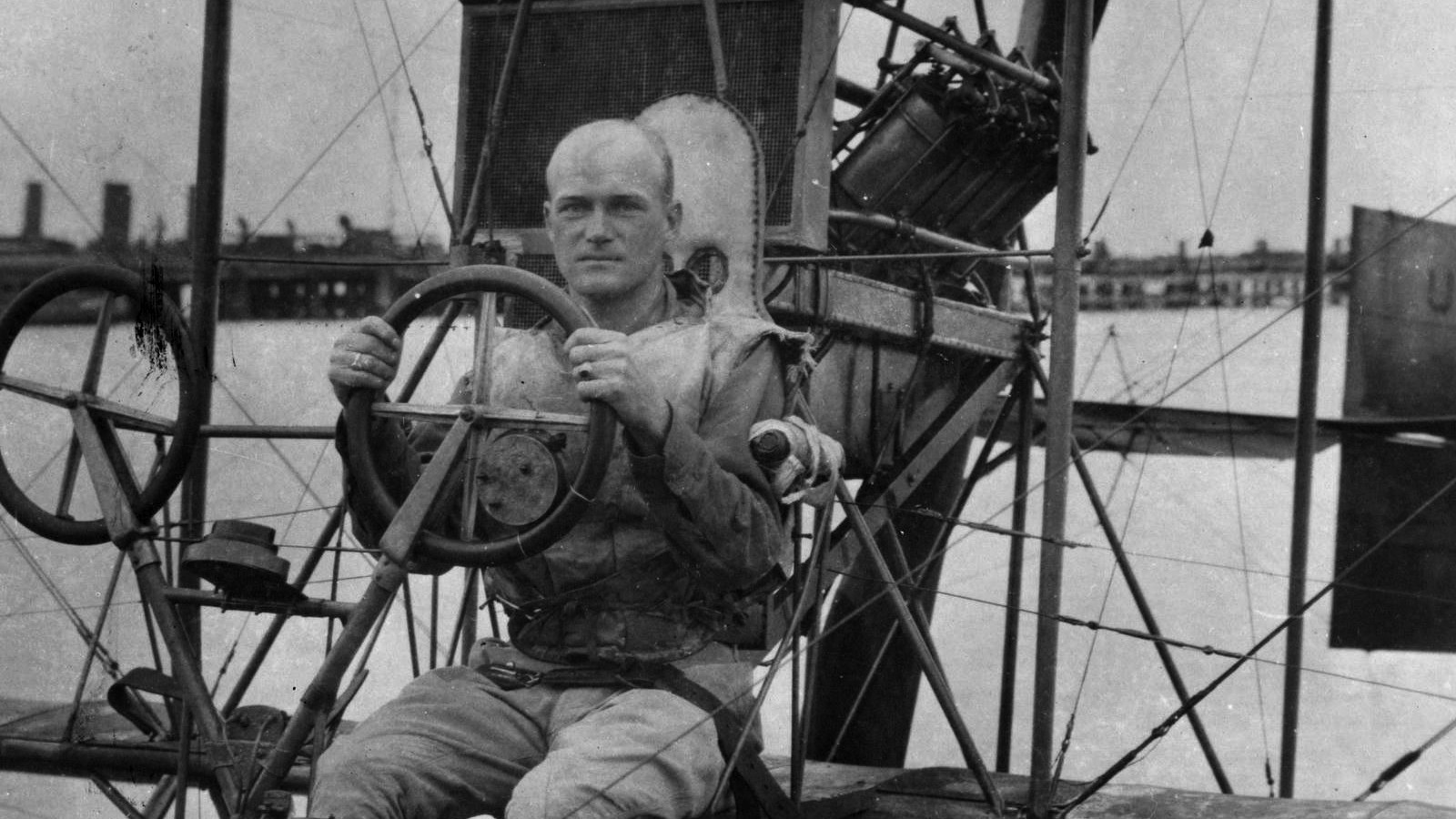
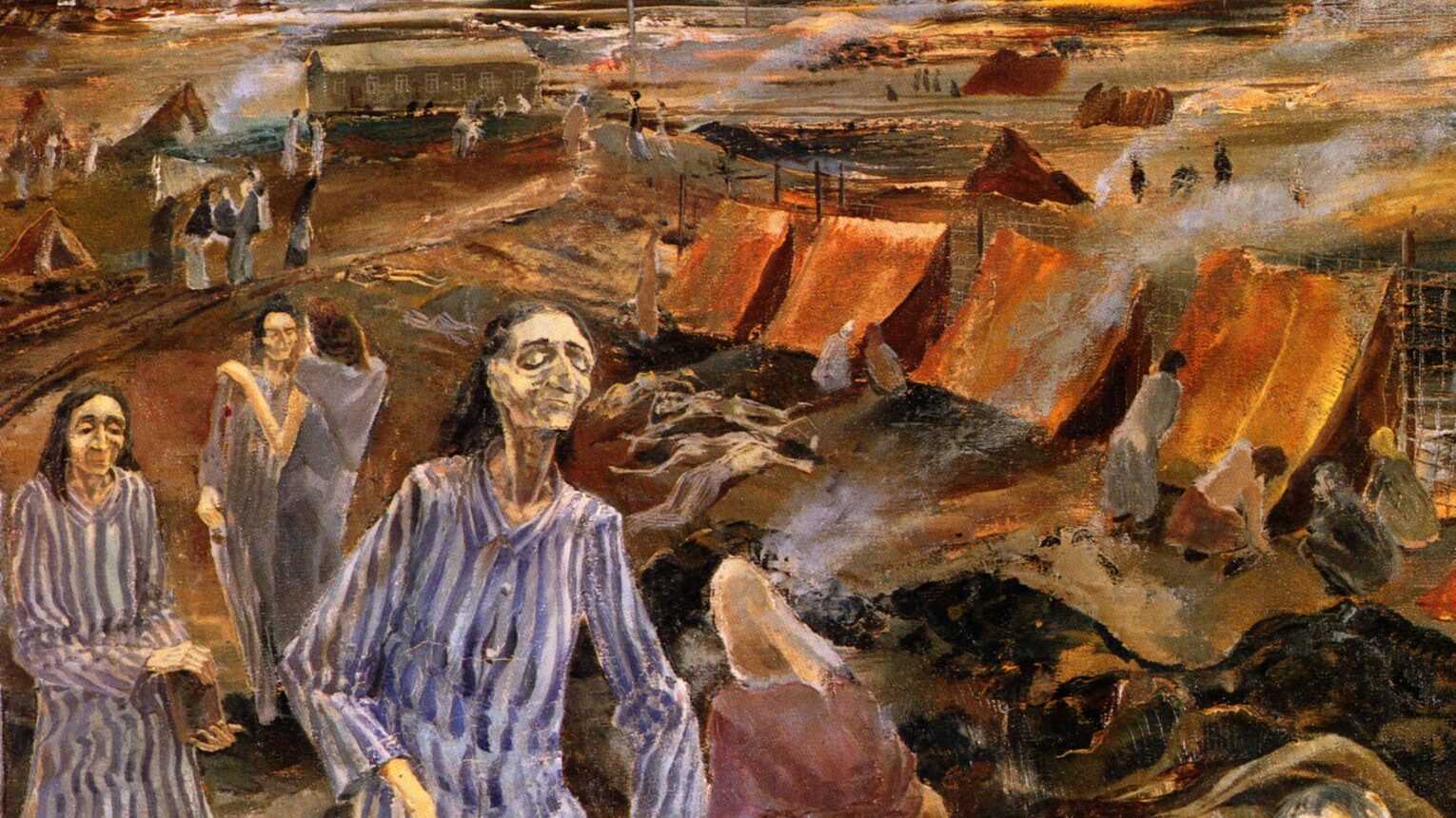
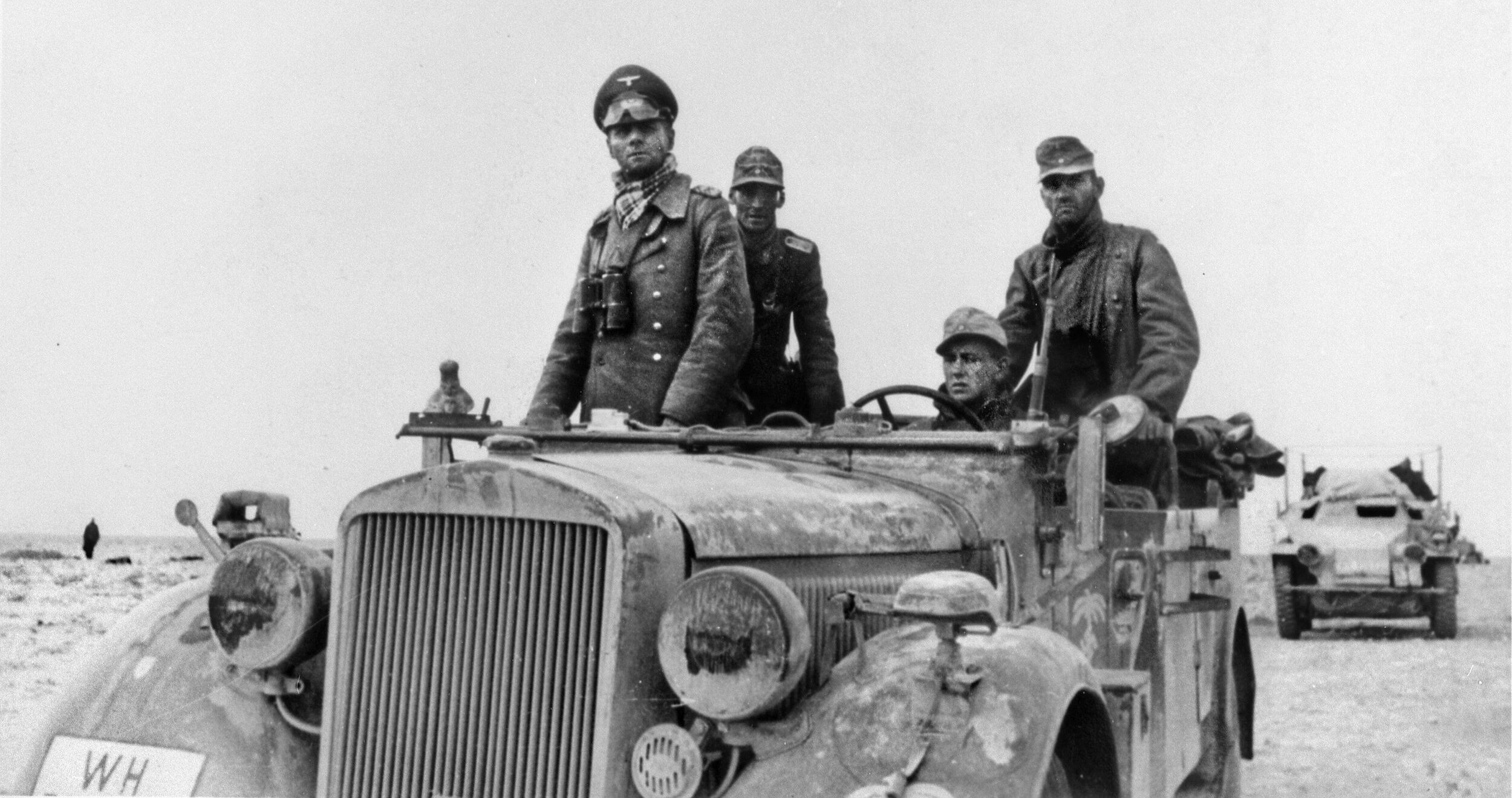
Join The Conversation
Comments
View All Comments